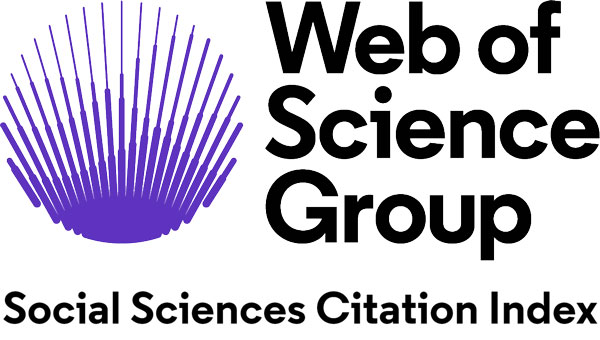ÖZ
Bu çalışmanın amacı, okulöncesi dönemde bulunan 60-72 aylık çocukların imgesel bir dil türü olan deyimleri anlama düzeylerini belirlemektir. Tarama modelinde yürütülen araştırmanın katılımcıları, üç ayrı okulöncesi eğitim kurumunda öğrenim gören 108 çocuktan oluşmaktadır. Araştırmanın verileri, çocuk kitaplarında geçen deyimlerle geliştirilen Deyimleri Anlama Ölçeği ile toplanmıştır. Ölçekte yer alan 18 farklı deyim, saydamlık ve tanınırlık düzeyleri açısından derecelendirilmiş ve ilgili çocuk kitaplarında geçen bağlamsal çerçeve ile birlikte kullanılmıştır. Veri toplama sürecinde katılımcılarla yüz yüze görüşmeler yapılmış ve yanıtlar kaydedilmiştir. Katılımcıların yanıtları iki uzman tarafından değerlendirilerek puanlanmış ve sonuçlar istatistik programına aktarılmıştır. Verilerin çözümlenmesinde araştırma sorularıyla tutarlı olarak betimsel istatistik, Mann Whitney U, Friedman Testi ve Wilcoxon İşaretli Sıralar Testi uygulanmıştır. Elde edilen bulgulara göre katılımcıların yalnızca küçük bir kısmının deyimleri anlayabildiği belirlenmiştir. Bunun yanında opak deyimlerin saydam ve yarı saydam deyimlere oranla daha az anlaşıldığı saptanmıştır. Çocukların ayrıca tanınırlık düzeyi yüksek deyimleri orta ve düşük düzeydeki deyimlerden daha iyi anladığı belirlenmiştir. Yaş değişkeninin deyimleri anlamada etkili olduğu ancak cinsiyet değişkeninin herhangi bir fark yaratmadığı bulgulanmıştır. Araştırmadan elde edilen sonuçlar, okulöncesi eğitim programının oluşturulmasında ve öğretimsel uygulamalarda çocukların deyimsel anlama becerilerinin gelişimini destekleyecek düzenlemelere gereksinimin olduğunu ortaya koymuştur. Bu sonuçlara bağlı olarak bazı önerilerde bulunulmuştur.
ANAHTAR KELİMELER
Deyim, İmgesel dil, Tanınırlık, Saydamlık, Erken çocukluk
DOI: http://dx.doi.org/10.15390/EB.2025.13021







